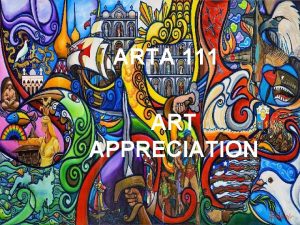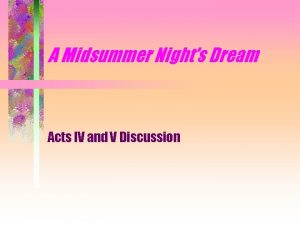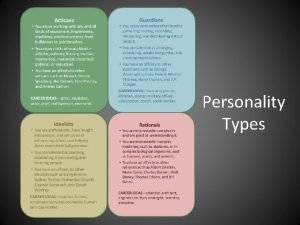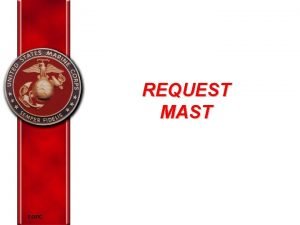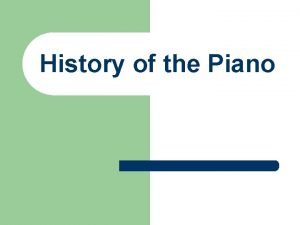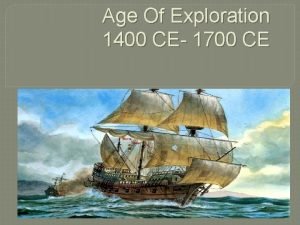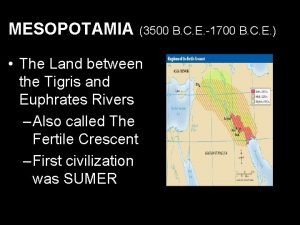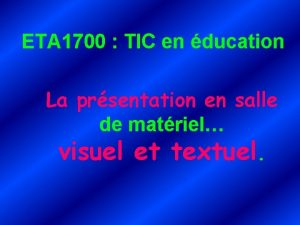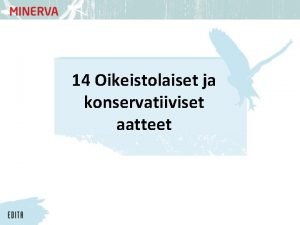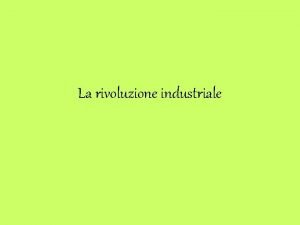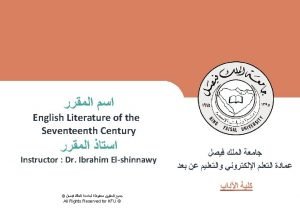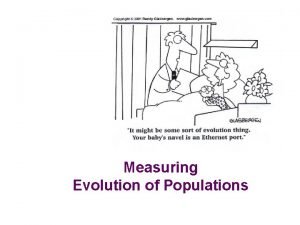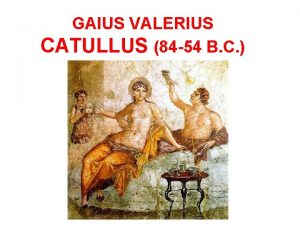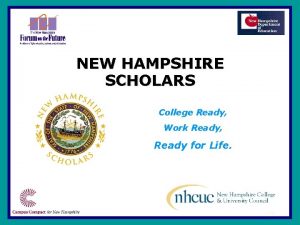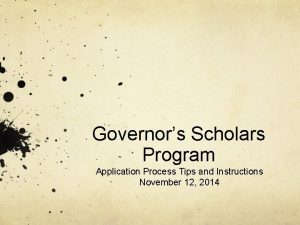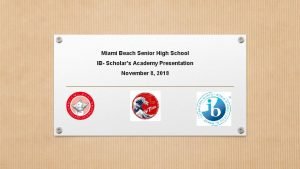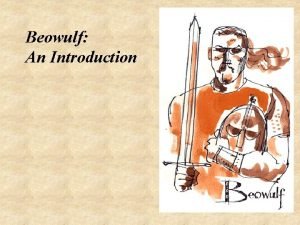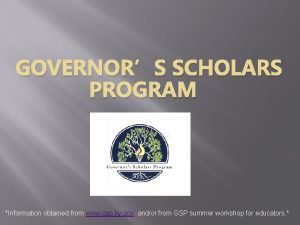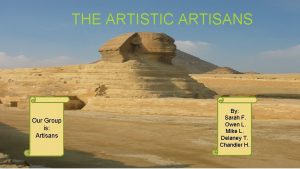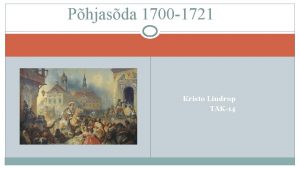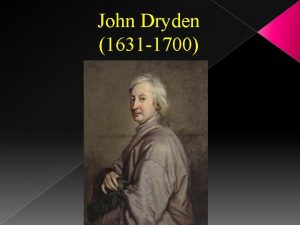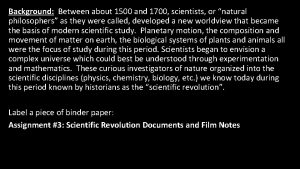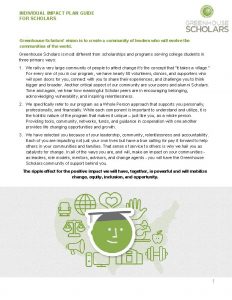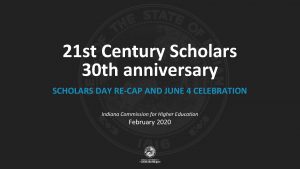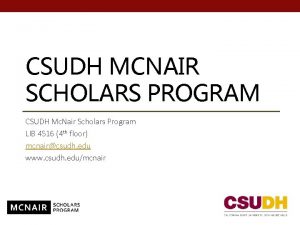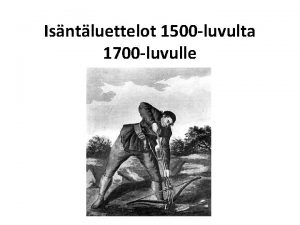Scholars and artisans 1500 1700 HI 2 D




![[in the 17 c] change is brought about, not by new observations or additional [in the 17 c] change is brought about, not by new observations or additional](https://slidetodoc.com/presentation_image/29870f9d78c2fab25034b7f93c8330c7/image-5.jpg)












![The [professor] is perched on a high pulpit like a crow and with an The [professor] is perched on a high pulpit like a crow and with an](https://slidetodoc.com/presentation_image/29870f9d78c2fab25034b7f93c8330c7/image-18.jpg)


















![…there was a party arising in the Society [the RSL], that were for rejecting …there was a party arising in the Society [the RSL], that were for rejecting](https://slidetodoc.com/presentation_image/29870f9d78c2fab25034b7f93c8330c7/image-37.jpg)
- Slides: 37

Scholars and artisans, 1500 -1700 HI 2 D 5 week 3 14 October 2019 Dr. Michael Bycroft

Glass drops, as shown in Robert Hooke, Micrographia: or Some Physiological Descriptions of Minute Bodies Made by Magnifying Glasses (London, 1665)

Modern science was invented between 1572, when Tycho Brahe saw a nova, or a new star, and 1704, when Newton published his Optics -- David Wootton, The Invention of Science, 2015

§ § § § Nicolas Copernicus, On the Revolutions of the Heavenly Spheres (1543) Andreas Vesalius, On the Fabric of the Human Body (1543) William Gilbert, On the Magnet (1600) William Harvey, On the Motion of the Heart and Blood (1628) Galileo Galilei, Dialogue on the Two Chief World Systems (1632) Robert Boyle, On the Spring of the Air (1660) Isaac Newton, Mathematical Principles of Natural Philosophy (1687) Isaac Newton, Optics (London, 1704)
![in the 17 c change is brought about not by new observations or additional [in the 17 c] change is brought about, not by new observations or additional](https://slidetodoc.com/presentation_image/29870f9d78c2fab25034b7f93c8330c7/image-5.jpg)
[in the 17 c] change is brought about, not by new observations or additional evidence in the first instance, but by transpositions that were taking place in the minds of the scientists themselves — Herbert Butterfield, The Origins of Modern Science, 1300 -1800 (1949).

The scientific revolution needs not so much to be rewritten as written off – Nick Jardine, 1991 We do not want to discuss here the last twenty years or so of attempts to put Humpty Dumpty together again. Our argument here is that such attempts are doomed to failure… – Cunningham and Williams, 1993 There was no such thing as the scientific revolution, and this is a book about it – Shapin, 1996

. . we can now see it as the greatest event in human history since the Neolithic Revolution [12 -7, 000 years ago!] – David Wootton, 2015 the advent of modern science [was] a decisive event in world history, really the most outstanding among prime motors of our modern world – Floris Cohen, 2015

This is the Age wherein Philosophy comes in with a Spring-tide; and the Peripateticks may as well hope to stop the Current of the Tide, or to fetter the Ocean, as hinder the overflowing of free Philosophy: Me-thinks, I see how all the old Rubbish must be thrown away, and the rotten Buildings overthrown, and carried away by so powerful an Inundation. Henry Power, Experimental Philosophy (London, 1664)

These are the days that must lay a new Foundation of a more magnificent Philosophy, never to be overthrown: that will Empirically and Sensibly canvass the Phaenomena of Nature, deducing the Causes of things from such Originals in Nature, as we observe are producible by Art -- Henry Power, Experimental Philosophy (London, 1664)

‘There is nothing in the mind that is not first in the senses’ ‘credence must be given to observation rather than to theory, and to theory only insofar as it agrees with what is observed’ Top: medieval scholastic maxim Bottom: quote from Aristotle, Generation of Animals, 4 th century BC

These are the days that must lay a new Foundation of a more magnificent Philosophy, never to be overthrown: that will Empirically and Sensibly canvass the Phaenomena of Nature, deducing the Causes of things from such Originals in Nature, as we observe are producible by Art -- Henry Power, Experimental Philosophy (London, 1664)

Medieval division of arts (artes) Verbal Liberal Mathematical Arts Mechanical Textiles, arms, commerce, agriculture, hunting, theatre, architecture, sports, navigation, divination, alchemy…

1. History of the Heavenly Bodies; or Astronomical History 2. History of the Configuration of the Heaven 9. History of the Blue Expanse, of Twilight, of Mock-Suns, Mock-Moons, Haloes, various colors of the Sun 29. History of Gems; as the Diamond, the Ruby, etc. 35. Chemical History of Vegetables. 46. History of Excrements; Spittle, Urine, Sweats, Stools, Hair of the Head, Hairs of the Body, Whitlows, Nails, and the like. 90. Miscellaneous History concerning the care of the body — as of Barbers, Perfumers, etc. 95. History of manufactures of Feathers. 98. History of Leather-making, Tanning, and the arts thereto belonging. From ‘Catalogue of Particular Natural Histories by Titles, ’ in Francis Bacon, Preparative Toward Natural and Experimental History (1620)

Frontispiece, from Thomas Sprat, History of the Royal Society of London for the Improvement of Natural Knowledge [est. 1662] (1671)

‘The social rise of the experimental method from the class of manual labourers to the ranks of university scholars in the early seventeenth century was a decisive event in the history of science’ ‘England, the country of iron mines and advancing navigation, produced the first learned book on experimental physics’ -- Zilsel, Edgar. “The Origins of William Gilbert’s Scientific Method. ” Journal of the History of Ideas 2, no. 1 (1941): 1– 32

Benvenuto Cellini on goldsmithery and sculpture (Italy, 1568) Konrad Keyser on instruments of warfare (Germany, 1405) Roberto Valturio on military machines (Italy, 1472) Albrecht Durer on descriptive geometry and fortifications (Germany, 1525 and 1527) Nicola Tartaglia on ballistics ie. trajectories of cannons (Italy, 1537) Georg Agricola on mining and metallurgy (Germany, 1546 and 1556) Vannoccio Biringuccio on metals and metallurgy (Italy, 1570) Simon Stevin on machines, eg windmills and drainage systems (Low Countries, 1586) Pedro Nunes on navigation (Portugal, 1530 s and 1540 s) Robert Norman on navigating with a magnet (England, 1581) Thomas Harriot on navigation (England, 1594)

Benvenuto Cellini on goldsmithery and sculpture (Italy, 1568) Konrad Keyser on instruments of warfare (Germany, 1405) Roberto Valturio on military machines (Italy, 1472) Albrecht Durer on descriptive geometry and fortifications (Germany, 1525 and 1527) Nicola Tartaglia on ballistics ie. trajectories of cannons (Italy, 1537) Georg Agricola on mining and metallurgy (Germany, 1546 and 1556) Vannoccio Biringuccio on metals and metallurgy (Italy, 1570) Simon Stevin on machines, eg windmills and drainage systems Pedro Nunes on navigation (Portugal, 1530 s and 1540 s) Robert Norman on navigating with a magnet (England, 1581) Thomas Harriot on navigation (England, 1594)
![The professor is perched on a high pulpit like a crow and with an The [professor] is perched on a high pulpit like a crow and with an](https://slidetodoc.com/presentation_image/29870f9d78c2fab25034b7f93c8330c7/image-18.jpg)
The [professor] is perched on a high pulpit like a crow and with an air of great disdain, he repeats to the point of monotony accounts concerning facts that he has not observed…Thus the students are confusedly taught less than what a butcher, from his meat-block, could teach the doctor -- Andreas Vesalius, preface to On the Fabric of the Human Body (1543)

Title-page of Vesalius, On the Fabric of the Human Body (1543)

John Dee (1527 -1609), with preface by Meric Casauban

Rustic earthenware featuring life casts of marine creatures, c. 1550 Bernard Palissy (15101590), ‘the king’s inventor of rustic figurines’ from 1562

Venetian arsenal, c. 1724

First published 1589 English translation 1658

Walking stick and tennis racquet from René Descartes, The World (1664) and Dioptrics (1637)

From Robert Boyle, Experiments and Considerations Touching Colours (1664)

Journal of the History of Ideas, 1992

Hippocrates Galen Aristotle Title-page of Vesalius, On the Fabric of the Human Body (1543)

And no doubt, if the Worship of false Gods had not blinded the Heathen, their moral Philosophy would have gone farther than to the four Cardinal Virtues; and instead of teaching the Transmigration of Souls [ie. reincarnation], and to worship the Sun and Moon, and dead Heroes, they would have taught us to worship our true Author and Benefactor, as their Ancestors did under the Government of Noah and his Sons before they corrupted themselves -- last sentence in Newton’s Opticks, 1704


From Francis Bacon, Sylvarum: Or, a Natural History, in Ten Centuries (first published 1627) Cf. Bacon, New Organon (1620)

Volume 1, number 1 of the Philosophical Transactions of the Royal Society of London, 1664

From Robert Boyle, “Observables Upon a Monstrous Head”, Phil. Trans (1665)

…a compilation, or particular natural history, must be made of all monsters and prodigious births of nature; of every thing, in short, which is new, rare, and unusual in nature. -- Francis Bacon, New Organon (1620)

Walking stick and tennis racquet from René Descartes, The World (1664) and Dioptrics (1637)

From Robert Boyle, Experiments and Considerations Touching Colours (1664)

Although I am not able to give a solid judgment of the Art of Micrography…yet of this I am confident, that this same Art, with all its Instruments, is not able to discover the interior natural motions of any part or creature of Nature; nay, the question is, whether it can represent yet the exterior shapes and motions so exactly, as naturally they are; for Art doth more easily alter then inform: As for example; Art makes Cylinders, Concave and Convex-glasses, and the like, which represent the figure of an object in no part exactly and truly, but very deformed and misshaped -- Margaret Cavendish, Duchess of Newcastle, Observations Upon Experimental Philosophy (1666)
![there was a party arising in the Society the RSL that were for rejecting …there was a party arising in the Society [the RSL], that were for rejecting](https://slidetodoc.com/presentation_image/29870f9d78c2fab25034b7f93c8330c7/image-37.jpg)
…there was a party arising in the Society [the RSL], that were for rejecting all kinds of useful knowledge except ranking and filing of shells, insects, fishes, birds, etc. , under their several species and classes; and this they termed Natural History, and Investigating Nature -- William Molyneux, Fellow of the RSL (writing in 1686)
 Division of art in art appreciation
Division of art in art appreciation Why must the artisans hurry to the duke’s palace
Why must the artisans hurry to the duke’s palace Artisans types
Artisans types December 14 47 ronin graves
December 14 47 ronin graves Defines the request mast policy for marines
Defines the request mast policy for marines Lexile calculator
Lexile calculator Nfpa 1700
Nfpa 1700 Piano 1700
Piano 1700 Christopher columbus significance
Christopher columbus significance 3500 + 1700
3500 + 1700 Esapideak zerrenda
Esapideak zerrenda Rivoluzione agricola 1700
Rivoluzione agricola 1700 1700 luvun aatesuunta
1700 luvun aatesuunta Rotazione quadriennale 1700
Rotazione quadriennale 1700 Restoration period 1660 to 1700
Restoration period 1660 to 1700 1700/1600
1700/1600 Mechanisms of evolution
Mechanisms of evolution Ap2702 eol
Ap2702 eol 1700 bce
1700 bce Habits of scholars
Habits of scholars Va geriatric scholars program
Va geriatric scholars program During the renaissance, humanist scholars ______.
During the renaissance, humanist scholars ______. The scholars yeats
The scholars yeats Definition of foreign policy by scholars
Definition of foreign policy by scholars Santa monica college honors program
Santa monica college honors program Exeter scholars year 12
Exeter scholars year 12 Turing scholars program
Turing scholars program Jefferson scholarship sat scores
Jefferson scholarship sat scores Reach high scholars
Reach high scholars New hampshire scholars
New hampshire scholars Governor's scholars program application
Governor's scholars program application The scholars mother tongue
The scholars mother tongue Miami beach senior high scholars program
Miami beach senior high scholars program Threatened scholars integration initiative
Threatened scholars integration initiative Is beowulf an elegy
Is beowulf an elegy Reach high scholars
Reach high scholars Friedman award for scholars in health
Friedman award for scholars in health Gsp focus areas
Gsp focus areas
